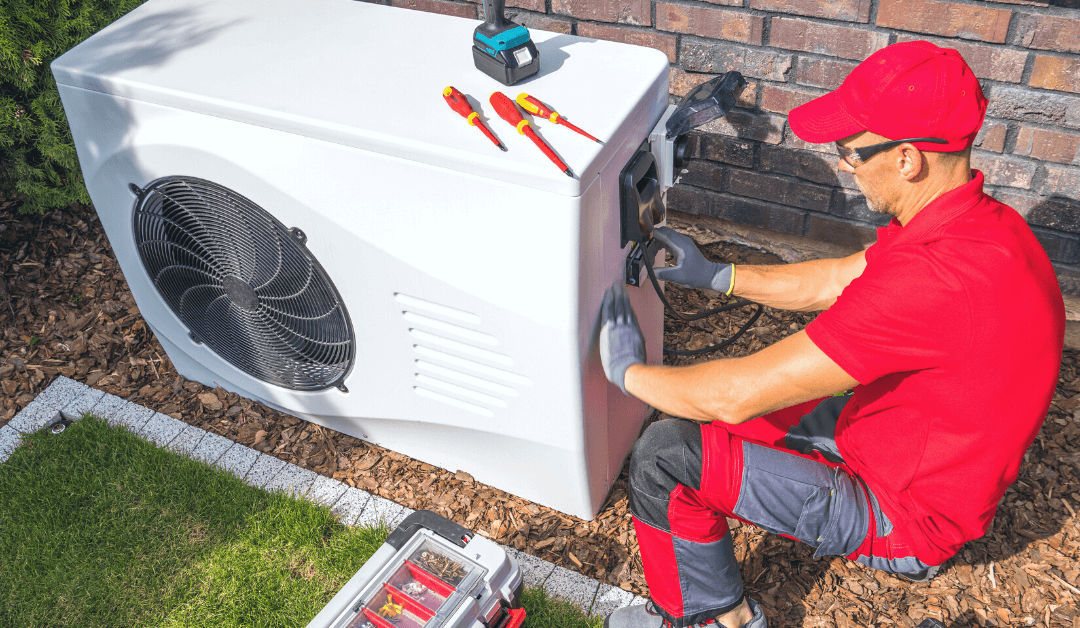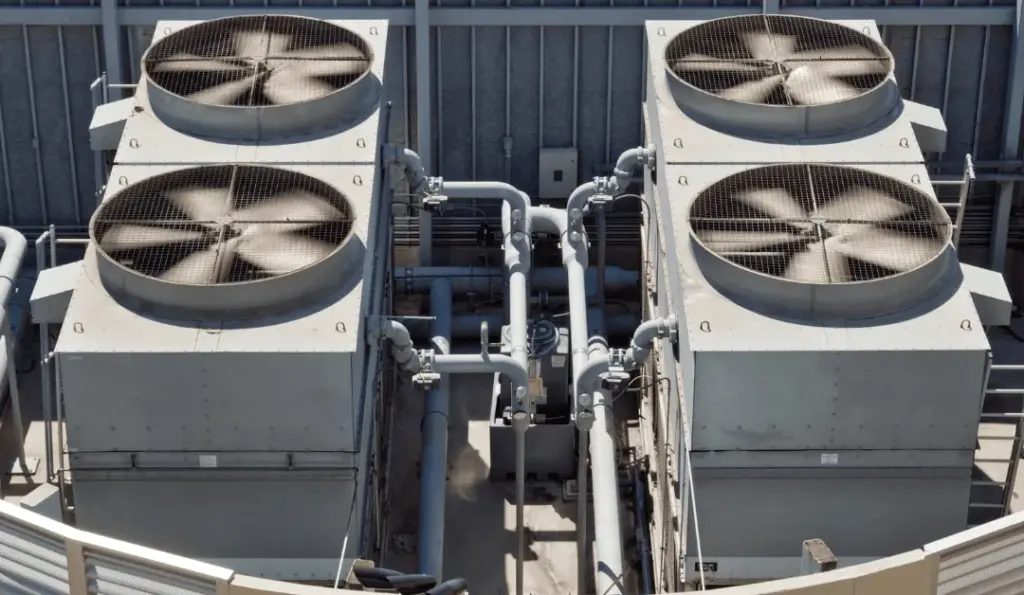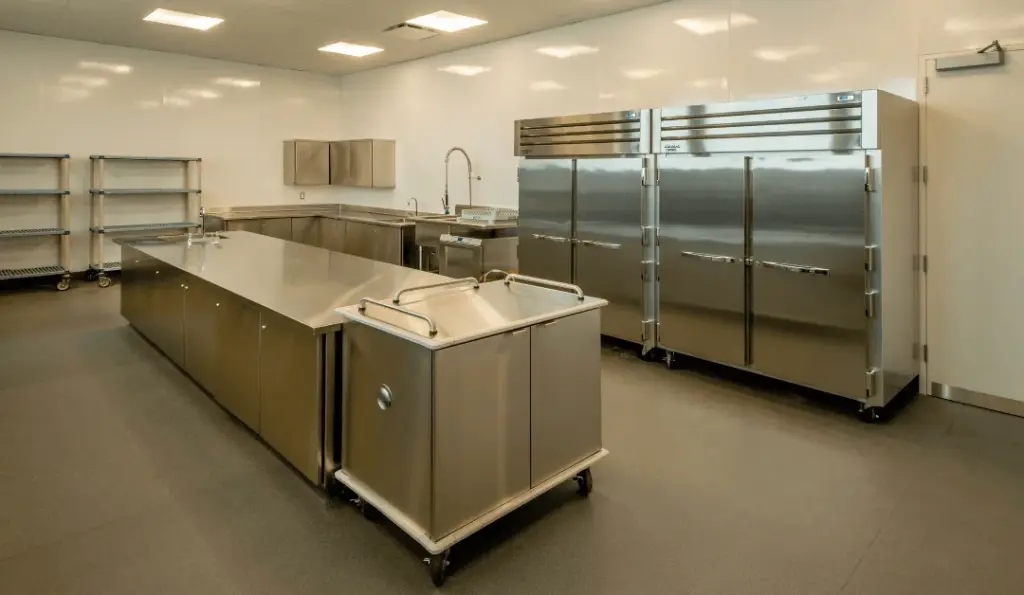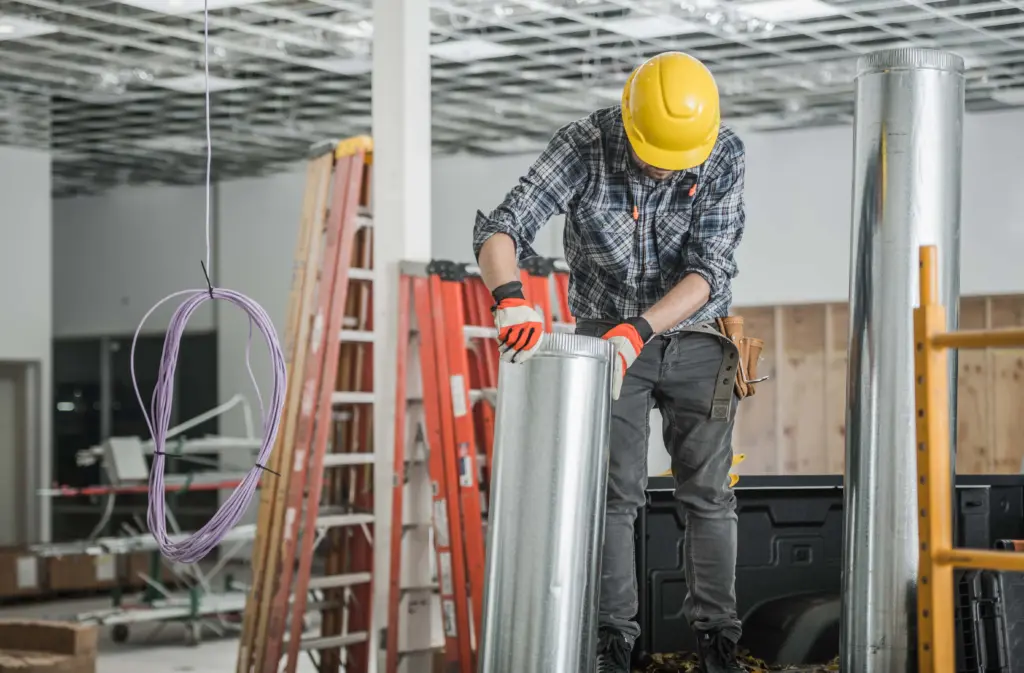Even if you are diligent about keeping your HVAC system in good shape,
your home could have a hidden problem that is easy to overlook — moldy air ducts. Moldy air ducts are a health risk for your family, and mold remediation should be of particular concern if you live in a humid environment. Here are four signs of mold in your air ducts that you should watch out for.
1. A Musty Odor When Running Your HVAC
When mold is present in a large enough volume, it will begin to emit a distinctive smell. Many people describe the smell of mold as musty or earthy. The smell of mold may be unpleasant, but on the bright side it makes larger mold infestations easier to detect.
When you have mold buildup in your ducts,
the smell will usually be strongest while your HVAC system is running. This is because the air that comes from your ducts will pick up and carry more mold spores as the mold inside the ducts spreads. When your system isn’t running, spores will settle inside the ducts and the smell will be harder to notice.
2. Illness and Allergy Symptoms
By far the most significant risk of having mold in your ducts is the health effects it can cause for your family. While breathing mold spores can cause symptoms in virtually anyone, some people have an allergy to mold spores that makes them especially sensitive to moldy ducts. Likewise, mold can exacerbate the symptoms of anyone in your family with pre-existing respiratory problems.
Allergy symptoms
such as itchy, watery eyes; coughing and sneezing; and difficulty breathing can be signs of mold if they occur indoors, especially if they are more severe in rooms that are air-conditioned. In more serious cases, breathing mold spores can cause fatigue, nausea, vomiting and diarrhea, and confusion. Stop using your HVAC system until you’ve had it inspected for mold if you see these symptoms in your home.
3. Visible Mold on Air Ducts
Since the air from your HVAC system comes in contact with your vents first before it reaches the rooms in your home, it is not uncommon to see significant mold buildup on the vents. Spores will settle on your vents and appear as small spots that are usually black, green, or white in color. Even if you don’t see mold on the outside of your vents, you should remove them occasionally and check for mold growth on the duct-facing side.
4. Mold Inside Furnace or Air Conditioner
The most common places to see mold growth
in an air conditioner are on the evaporator coils or in the drain pan beneath them. These components are frequently coated with condensation that can provide enough moisture for mold to flourish. You may see mold anywhere in your furnace as it heats and humidifies the air inside it.
Knowing the signs
of mold growth in your air ducts will allow you to get a duct cleaning early before the mold infestation spreads. Contact Service Tech, Inc., if you are in need of duct cleaning so you can enjoy the best possible air quality in your home.





